Challenges in the Satellite Market: Starlink vs Emerging Competitors
Starlink, owned by Elon Musk, has long been at the forefront of high-speed satellite internet. However, recent developments indicate that the market is beginning to feel the pressure from emerging competitors, such as the China-backed SpaceSail and Amazon's Project Kuiper $AMZN, which is further supported by the Canadian firm Telesat $TSAT. These factors set the stage for potential shifts in Starlink’s dominant position.
Starlink Achievements
Since 2020, Starlink has been deploying satellites in low Earth orbit (LEO) at altitudes below 2000 km, enabling reliable, high-speed data transmission. This innovative technology supports seamless connectivity even in remote regions, on maritime vessels, and for military operations, solidifying Starlink's reputation as a dependable provider of satellite internet.

New Entrants and Their Strategies
Recent reports reveal that the Shanghai-based Chinese company SpaceSail has signed an agreement to enter the Brazilian market and has also commenced operations in Kazakhstan. Additionally, it is reported that negotiations are underway with over 30 countries. Notably, discussions in Brasilia indicate that officials are negotiating not only with SpaceSail but also with Amazon's Project Kuiper and Telesat, highlighting the intensifying global competition.
Key Aspects of the Competitive Landscape
1. Global Expansion
Signing agreements in markets like Brazil and Kazakhstan
Engaging in negotiations with over 30 countries
2. Technological Efficiency
Utilizing satellites on low Earth orbit for optimal data transfer
Ensuring high-speed connectivity even in hard-to-reach areas
Strategic Directions of Competitors
- Strengthening collaborations with both government and private sectors
- Focusing on expanding their global market presence
- Developing and implementing advanced technological solutions to enhance data transmission efficiency
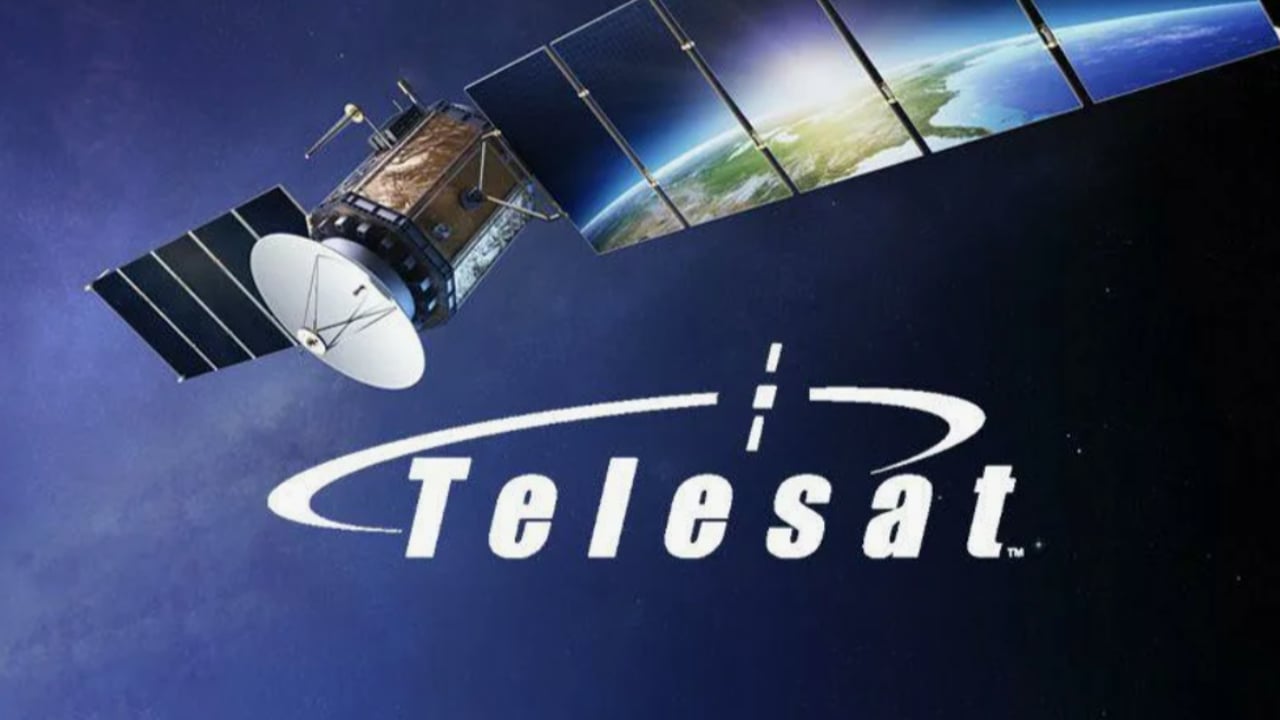
Conclusion
The growing competition in the high-speed satellite internet industry underscores that even market leaders like Starlink are not immune to emerging challenges. A critical analysis of recent developments suggests that global expansion and international collaboration could redefine current market dynamics. As innovative technologies continuously evolve and more players enter the field, the balance in the satellite communications sector may shift, paving the way for new alternatives in global connectivity.


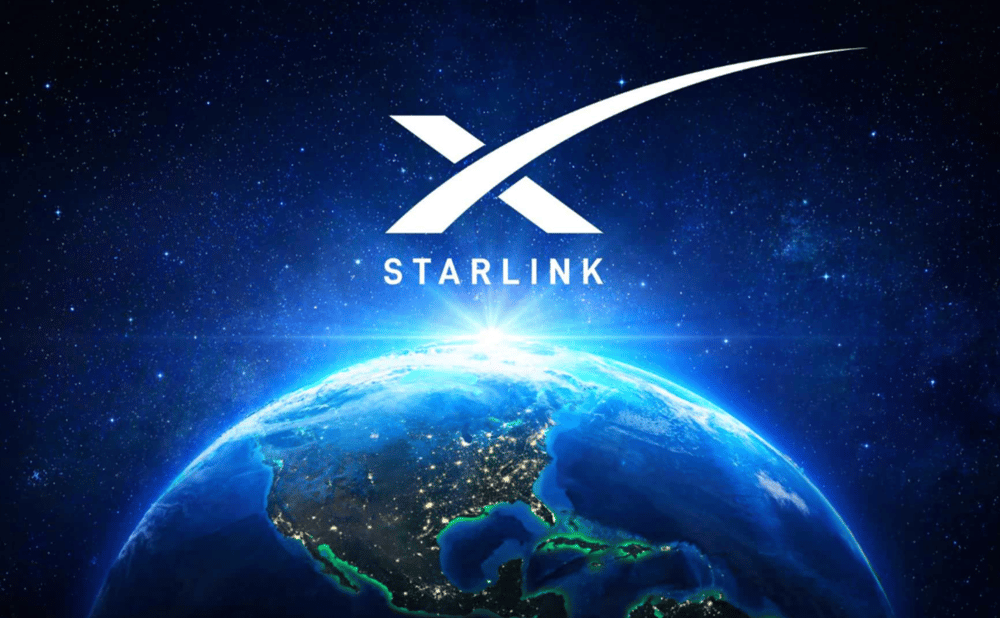




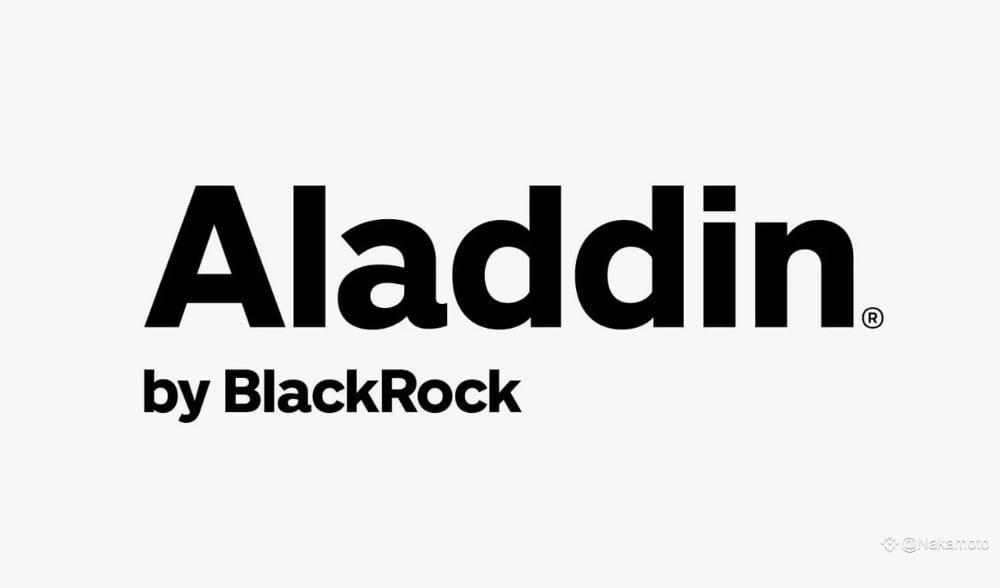

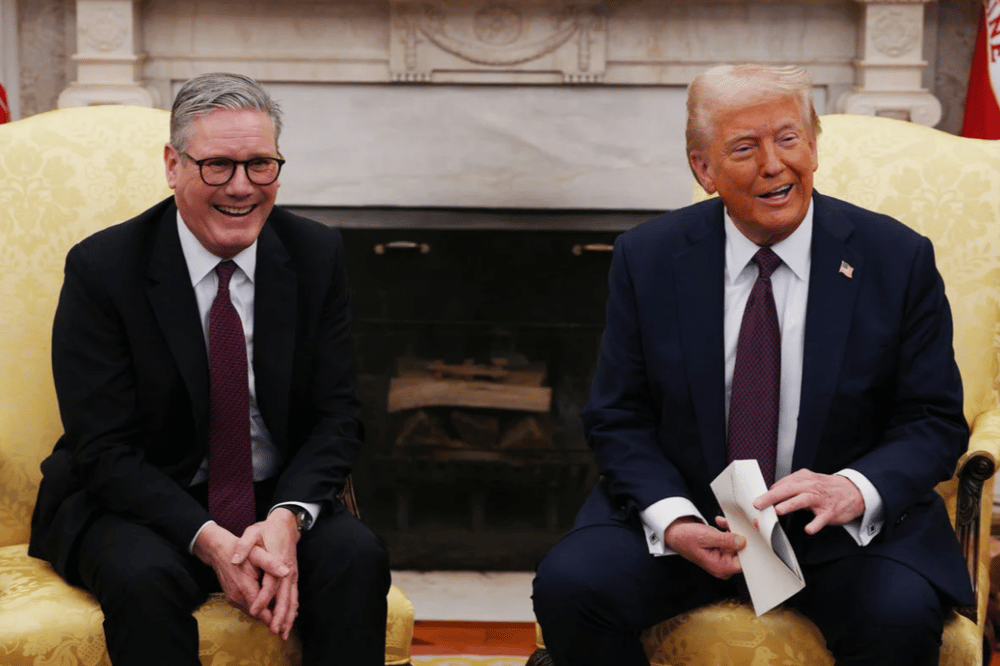
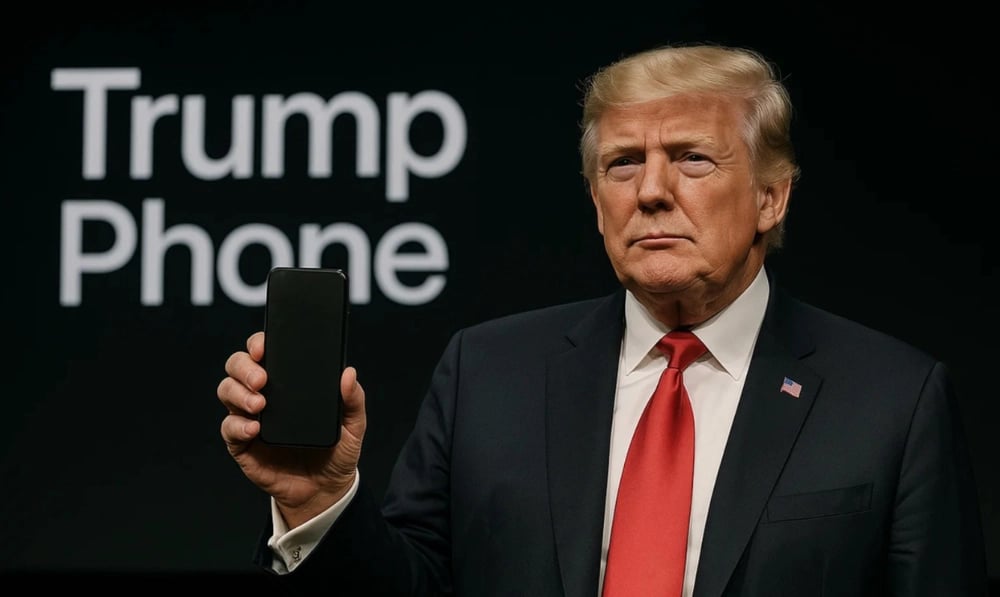






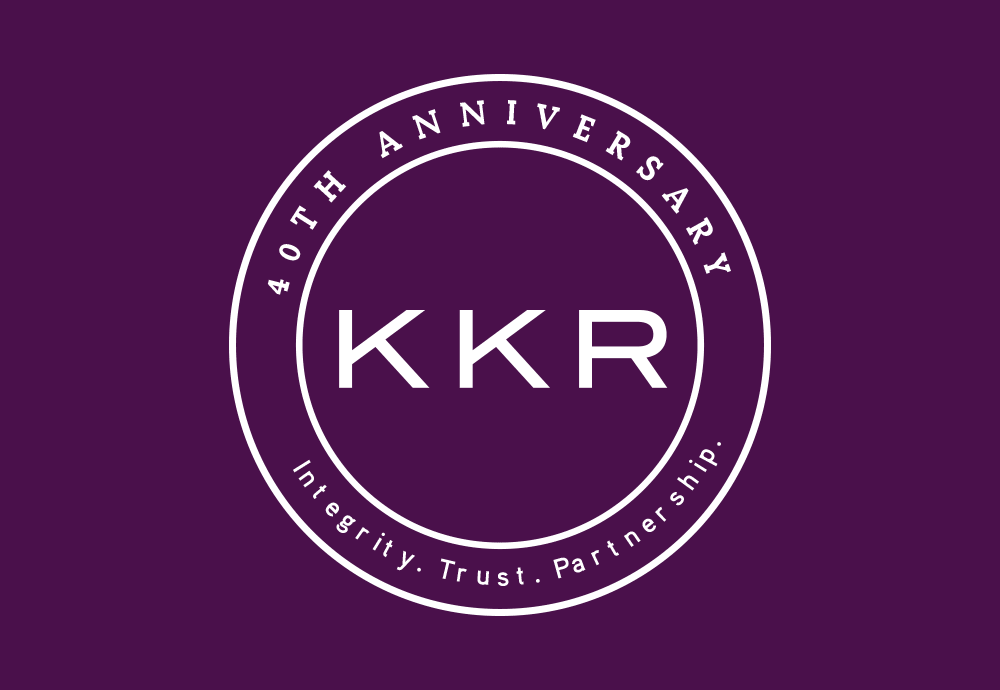
Comments